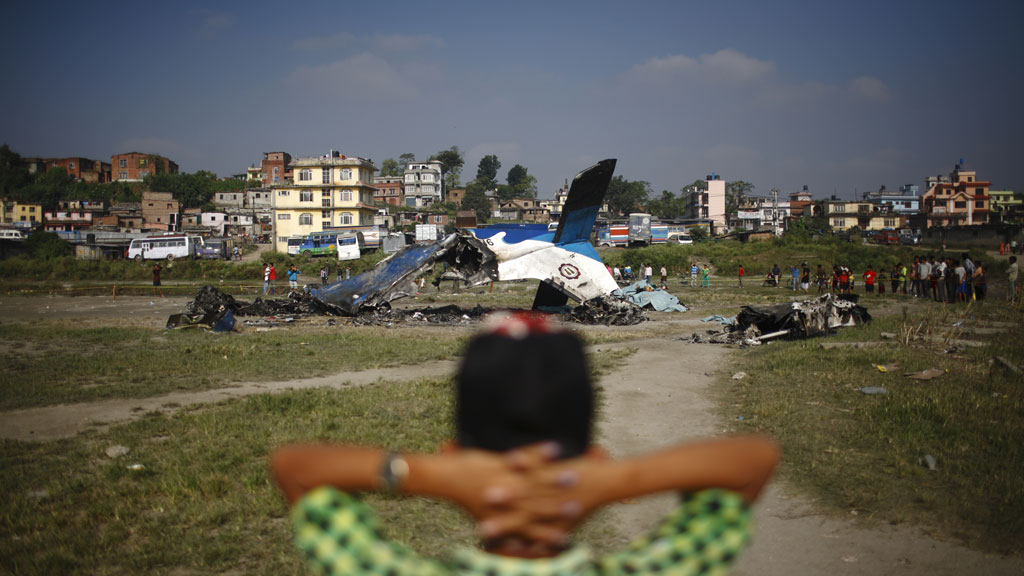UK team to investigate Nepal crash that killed Britons
UK officials fly to Nepal to help investigate the cause of a plane crash that killed 19, including seven British trekkers bound for Mount Everest. Nepal says pilot error is likely.

Britain sent two investigators to assist the Nepalese authorities investigating the crash near Kathmandu, the Air Accidents Investigation Branch said in a statement on Saturday.
The British team, along with five Chinese trekkers, seven local passengers and the crew, were bound for Mount Everest when the twin-propeller Sita Air plane plunged into the banks of a river near the city’s airport around daybreak on Friday. The plane had just taken off from Kathmandu and was headed to the town of Lukla, gateway to Mount Everest.
“The pilot’s failure to maintain the required radius is a likely cause of the accident,” ministry official Suresh Acharya told AFP, adding that the plane turned too sharply because it had not gained enough altitude. No one at the Nepalese Aviation Ministry was available to comment when Channel 4 News called today.
The British group, the youngest of whom was 27 and the oldest 60, was travelling to the Khumbu area, their agency Sherpa Adventures told AFP. Benjamin Ogden, 27, was an Oxford University graduate who lived in London and worked for Allen & Overy LLP, where he had recently qualified as a solicitor.
“Our thoughts and deepest sympathies go out to his family and friends,” Allen & Overy said in a statement.
The group had been due to go on a 16-day trek to three high passes and the Everest Base Camp.
Crash cause unclear
Although the exact cause of the crash is still unclear, the manager of Tribhuvan International Airport in Kathmandu said the pilot had reported hitting a bird of prey, thought to be a vulture or kite, moments before the crash.
Witnesses described hearing the screams of passengers and seeing flames coming from one of the plane’s wings moments before it hit the ground.
The crash was the sixth fatal air accident in Nepal in the last two years and has raised fresh questions about safety in the impoverished Himalayan country, home to challenging weather, treacherous landing strips and lax safety standards.
Nepal has a poor road network, meaning that large numbers of tourists, pilgrims and professional climbers often rely on the country’s 16 domestic airlines and 49 airports to reach remote areas.